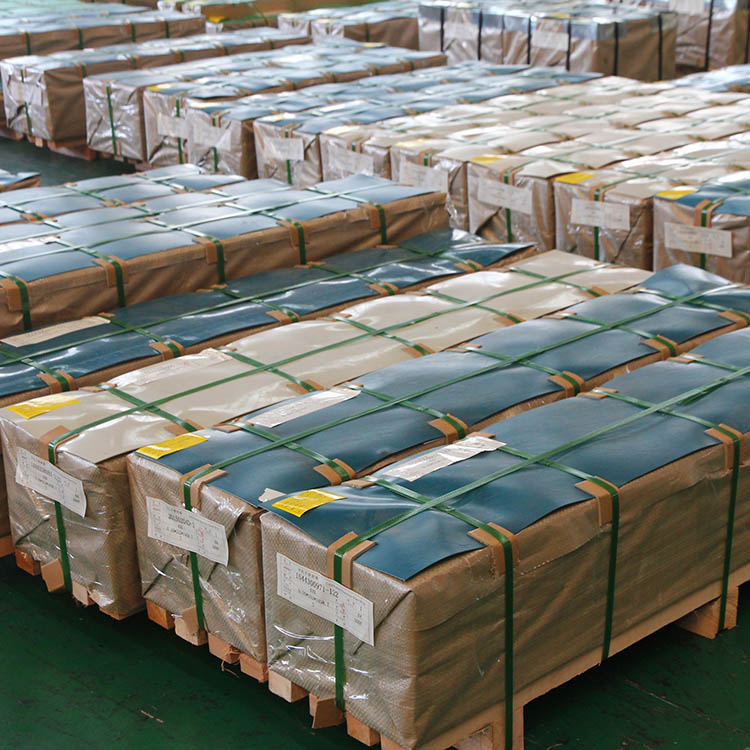

Stainless steel plates can be divided into many types according to different standards and uses. The common classification methods are as follows:
1. Classification by organizational structure
Austenitic stainless steel
Features: good corrosion resistance and processing performance, good weldability.
Application: widely used in food, chemical, medical equipment, home appliances, architectural decoration and other fields.
Example: 304 stainless steel, 316 stainless steel.
Ferritic stainless steel
Features: poor corrosion resistance, but high high temperature resistance and oxidation resistance, high strength.
Application: mainly used in automobile, home appliance industry, etc.
Example: 430 stainless steel.
Martensitic stainless steel
Features: high strength, high hardness, but poor corrosion resistance.
Application: used to manufacture knives, bearings, turbine blades, etc.
Example: 410 stainless steel.
Duplex stainless steel
Features: stainless steel that combines austenite and ferrite, with better strength and corrosion resistance.
Application: commonly used in chemical industry, marine engineering, etc.
Example: 2205 stainless steel.
Precipitation hardening stainless steel
Features: Through precipitation hardening treatment, it can achieve high strength and high toughness.
Application: Widely used in high-end fields such as aviation and aerospace.
Example: 630 stainless steel.
2. Classification by surface treatment
Cold rolled stainless steel plate
Features: Smooth surface, high dimensional accuracy, suitable for products requiring high precision.
Application: Decorative panels, automotive parts, etc.
Hot rolled stainless steel plate
Features: Rough surface, large dimensional tolerance, suitable for large-scale production.
Application: Large containers, building structures, etc.
Galvanized stainless steel plate
Features: There is a galvanized layer on the surface to increase corrosion resistance.
Application: Construction, home appliances, automobiles and other industries.
3. Classification by use
Stainless steel plate for construction
Features: Beautiful and durable, often used for exterior wall decoration, subway platforms, etc.
Application: High-rise buildings, commercial plazas, etc.
Stainless steel plate for chemical industry
Features: Strong acid and alkali corrosion resistance, suitable for chemical reaction environment.
Application: Chemical reactors, pipelines, etc.
Stainless steel plates for the food industry
Features: non-toxic, corrosion-resistant, easy to clean.
Applications: food processing equipment, tableware, kitchen supplies, etc.
Stainless steel plates for medical use
Features: sterile, corrosion-resistant, usually requiring higher mechanical properties.
Applications: medical equipment, surgical tools, etc.
Stainless steel plates for automobiles
Features: require high strength and corrosion resistance.
Applications: automotive parts, exhaust systems, etc.
In summary, stainless steel plates are widely used in many industries, and suitable types can be selected according to their different characteristics such as corrosion resistance, strength, and surface treatment. When choosing stainless steel plates, factors to consider include working environment, product requirements, and processing technology.
